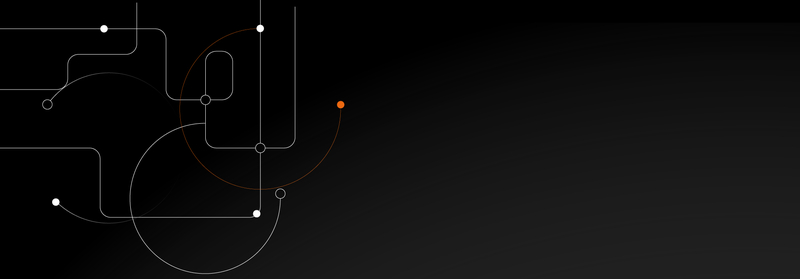XIMEA and PCIe
In all our camera designs we strive to propel our core properties: maximum sensor performance, ease and flexibility of integration, power efficiency, and super low latencies. The quest for ever higher bandwidth and extremely fast data processing has led us, as one of the first camera manufacturers, to use the PCIe interface nearly all computers have, to transfer the data from our cameras as quickly and as efficiently as possible.


